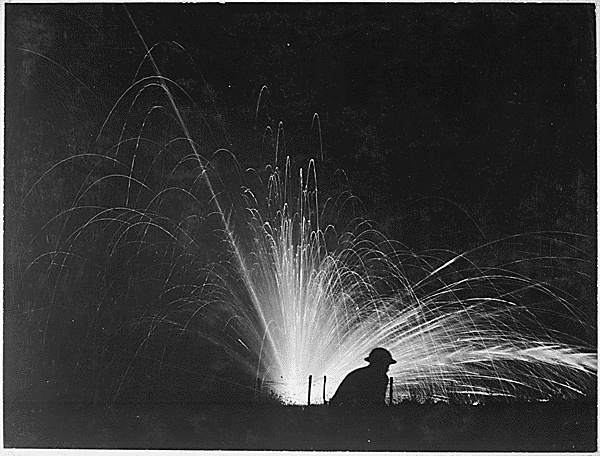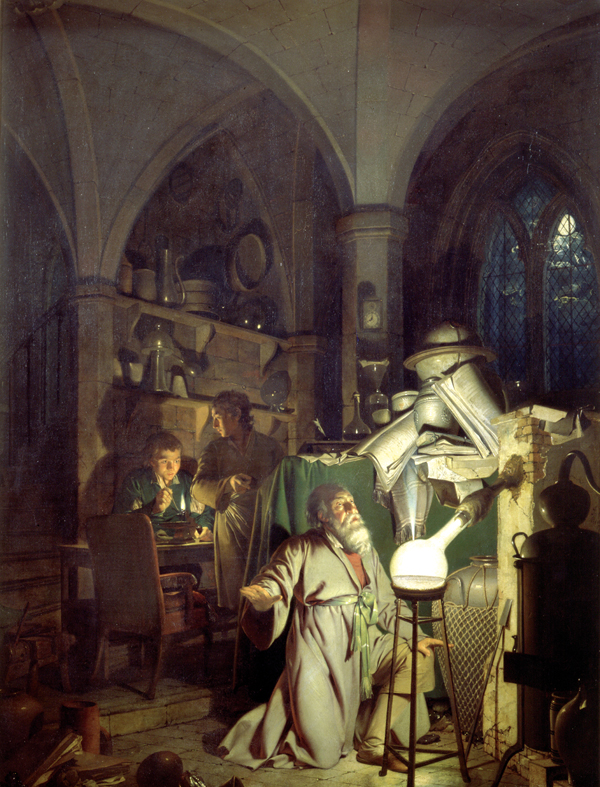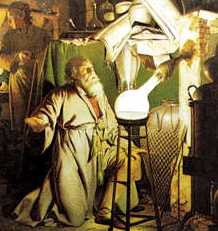Phosphorus is an element that is essential for life. It exists in two major forms – white phosphorus and red phosphorus. Forms of it are found in DNA, RNA, and all living cell membranes. It’s one of the six most abundant elements in any living organism.
White phosphorus is the most toxic of the allotropes. It’s used in many destructive weapons, such as napalm. White phosphorus can also cause severe liver damage on ingestion.
Known as “the Devil’s element,” phosphorus is the 13th element to be discovered and also the first element discovered since ancient times.

What is most interesting about phosphorus is how it was discovered. Its discovery dates back in the year of 1669 by the German alchemist Hennig Brand.
Back in the mid-seventeenth century, people’s general knowledge of chemistry was not as advanced as it is today, and it may seem strange how Brand was able to discover the mysterious element.
Henning Brand was born in 1630 in Hamburg, Germany. While young he was an apprentice glassmaker. He married a wealthy woman, so he was able to quit glassmaking and to start a career as an alchemist. His main ambition was to discover the Philosopher’s Stone (a legendary alchemical substance that could turn base metals into gold).

While he was trying to discover the Philosopher’s Stone, he spent a lot of money and didn’t make any profit. Later his wife died and he got married again. His second wife was also wealthy, so he was now able to build a lab and to continue his work again.
In 1669 the German alchemist noticed that urine and gold were basically the same color, so he thought that there was a possibility that urine could contain the precious metal.
He started collecting urine mostly from his wife and her friends. It’s thought that he managed to collect around 1500 gallons of urine over the course of his experiments.

Hennig Brand first tried to boil some urine in a vat until it was a thick, syrup-like substance. This substance was glowing red-hot. After that, the substance hardened, cooled and turned black. He mixed the black part with the red and heated it. In the end, he distilled it and then it burst into flames.
He thought he had discovered the Philosopher’s Stone. He didn’t know that he had discovered phosphorus, one of the most important elements of all.
Brand named the new discovery phosphorus, from the Greek for “light bearer.” He didn’t tell anyone about his discovery for six years because he thought that people would steal it from him.
He made even more experiments but after six years he realized that he didn’t discover the philosopher’s stone, but something else that was unknown to him.
Hennig Brand died in 1710.
